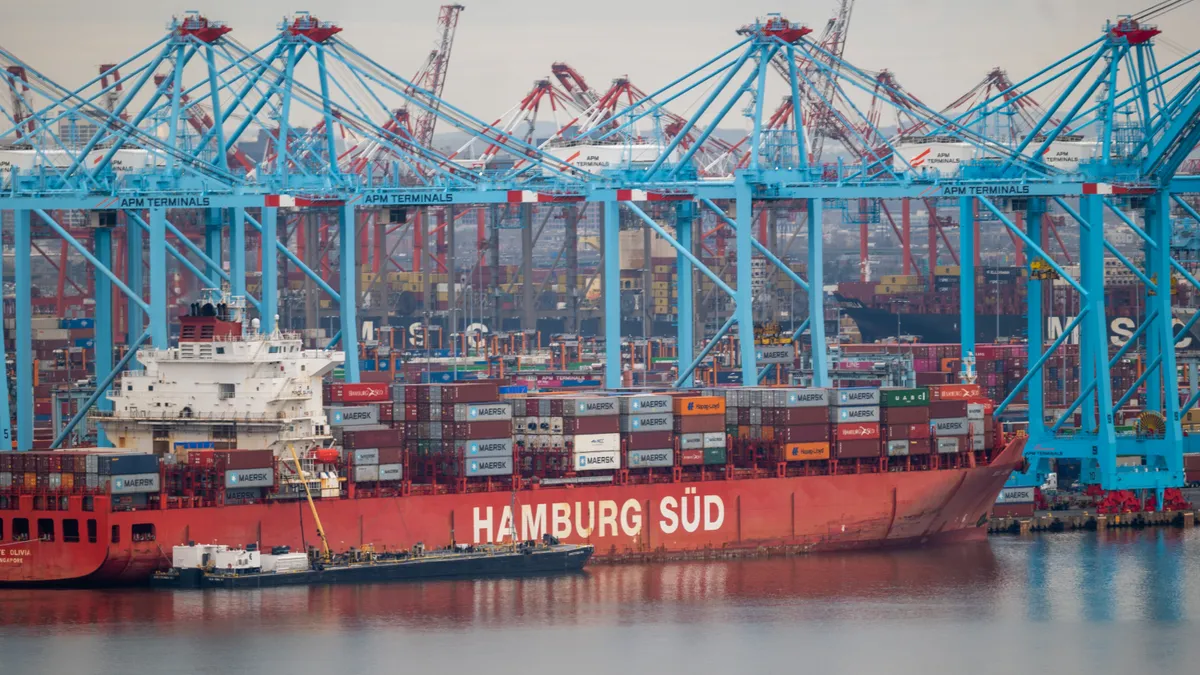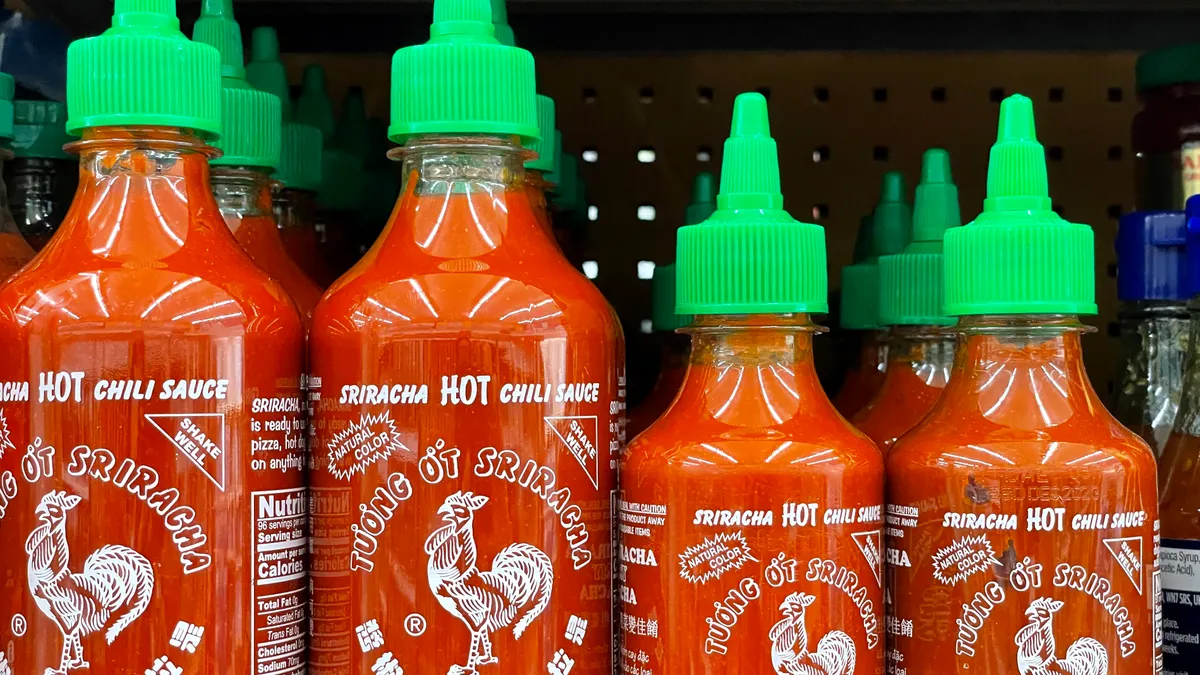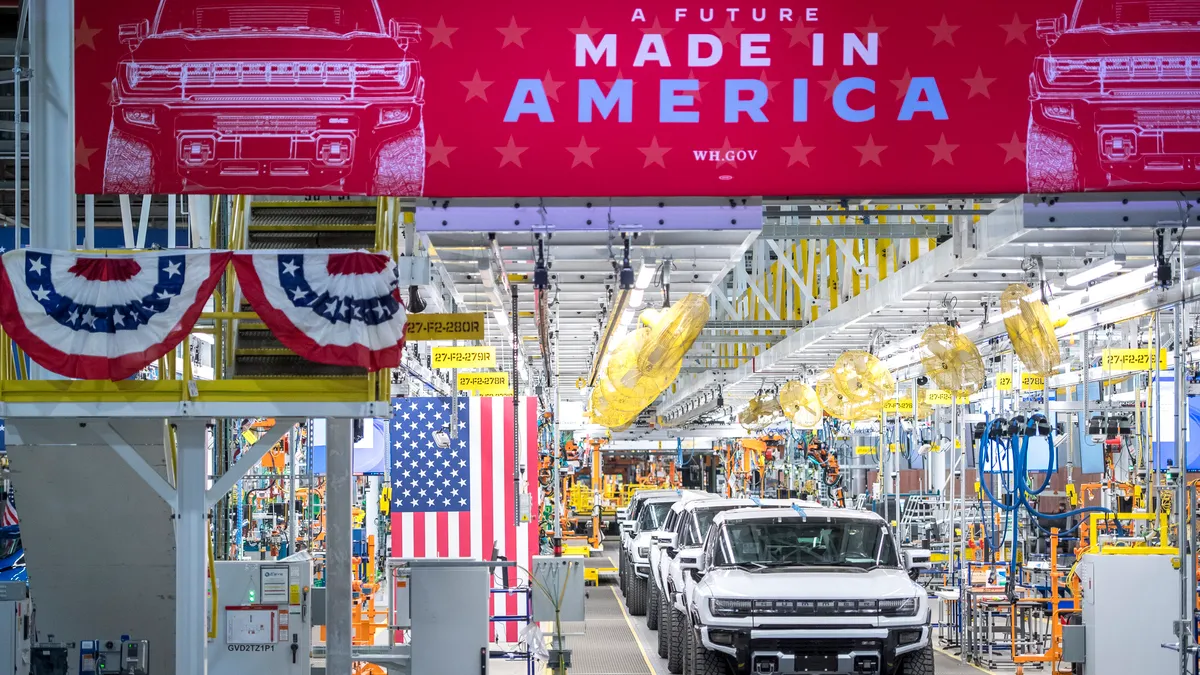Manufacturers across the country are bracing for the impact of a potential strike at East Coast and Gulf Coast ports if a contract deal between the International Longshoremen’s Association and the United States Maritime Alliance is not reached today.
A strike could disrupt operations at dozens of ports covered by the contract. States with ports under threat of strike include Texas, Maine, New York, New Jersey and Florida, but could also cause delays in other regions of the country. Its widespread coverage means manufacturers across sectors could be impacted by delays in material deliveries, as well as backups in shipping goods.
Among those most at risk include chemical manufacturers, many of whom depend on eastern ports for raw material supplies.
Many specialty chemical manufacturers work on tight order schedules, with production calendars planned as quickly as two weeks out at a time, said Genevieve Strand, director of government relations at the Society of Chemical Manufacturers & Affiliates.
Because of this on-demand system, these manufacturers often don't keep as much component inventory on hand, making the inability to get supply shipments quickly detrimental to production.
Chemical makers may likely feel the ramifications of the strike on their ability to produce orders within as little as two weeks, Robert Helminiak, VP of SOCMA legal and government relations, added.
“There's a lot of folks that only plan the production calendars two, three weeks out, and their whole business model revolves around that on time delivery,” Strand said. “So they don't really have the ability to anticipate exactly what raw materials they might need in, say, a week or two, even going three weeks out.”
Pharmaceutical manufacturers and defense contractors, which also rely on import shipments of specialty chemical additives, will be similarly impacted, Strand said.
Contingency planning fraught for on-demand manufacturers
As part of contingency planning, some manufacturers have already brought in excess supply shipments for basic materials to help ensure production continuity for as long as possible.
For others, however, this is a limited plan. Strand noted a national defense SOCMA member company that manufactures a jet engine additive relies largely on foreign imports for specialized chemicals. Six weeks’ worth of disruption would leave them without supply for production.
On the export side, many manufacturers expedited shipments in recent days in a bid to get deliveries out ahead of the strike deadline. Many East Coast ports extended operating hours to accommodate a higher volume of shipments, and some, including South Carolina Ports Authority and Georgia Ports Authority, won't charge for storage during a work stoppage.
“There's a lot of folks that only plan the production calendars two, three weeks out, and their whole business model revolves around that on time delivery.”

Genevieve Strand
Director of Government Relations at the Society of Chemical Manufacturers & Affiliates
Others have diverted cargo to West Coast ports, though doing so often means a longer timetable and greater expense, Strand said. Air freight is an option for some manufacturers, but Strand noted that some companies need raw material supply levels too large for this option.
Any manufacturer wary of residual effects should get in touch with suppliers to determine what supplies may already be in the country. They should also talk to customers regarding which delivery schedules could be shifted if necessary, said Berardino Baratta, CEO of digital manufacturing and cybersecurity institute MxD.
Sharing this data between suppliers, manufacturers and customers can help ensure necessary production schedule adjustments can be made, Baratta added.
“They might be able to accelerate some orders for other things that they have materials for, to try to keep their businesses afloat, keep the money flowing in, while the supply chain issues work out,” Baratta said. “It always gets down to planning.”
The threat of a ‘multiplier’ effect
A strike would have a “multiplier” effect on production delays, Helminiak said, in which days of a strike can lead to weeks of disruption for manufacturers waiting on supply shipments or trying to get their products out for delivery via the ports.
“It's not like each day is an isolated incident,” Helminiak said. “Each day compounds the problem, because it's going to compound port backups. It’s going to compound the other hiccups in supply chains.”
“For a small manufacturer, their profit margins are really small, and so, as we always say, if you're not making something, you're not getting paid.”

Berardino Baratta
CEO, MxD
The longer a strike goes on, the wider the impact throughout manufacturing. Small manufacturers in particular could struggle to stay afloat throughout a prolonged disruption, Baratta said.
Furloughs could be a necessity for some of these smaller firms within a matter of two weeks, Baratta added. Like on-demand manufacturers, smaller companies often don't keep high levels of material inventory onsite, making them prone to more significant production disruptions.
“For a small manufacturer, their profit margins are really small, and so, as we always say, if you’re not making something, you're not getting paid,” Baratta said. “So if they're relying on material or sub-assemblies that are coming through those ports, weeks could mean layoffs for them.”



















